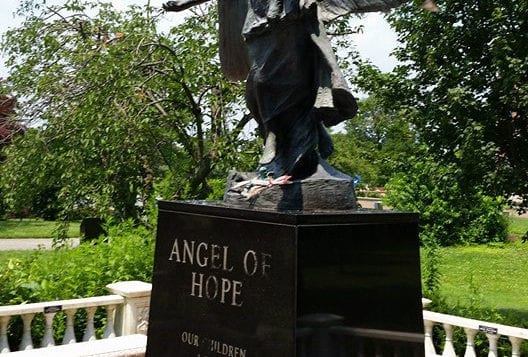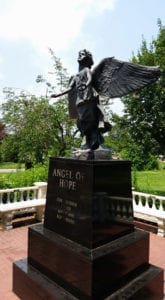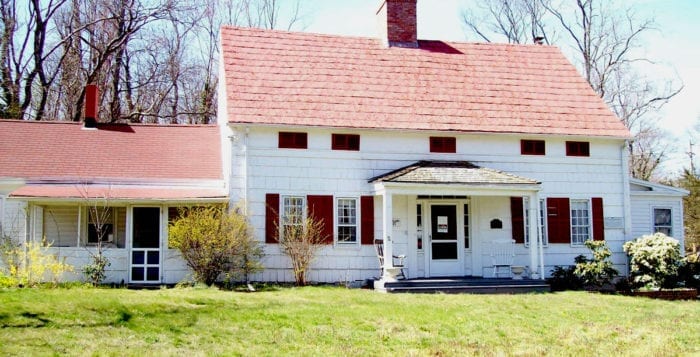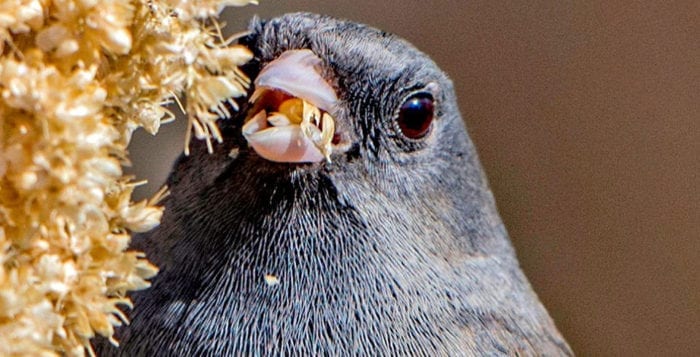Ward Melville’s girls’ lacrosse team scored four unanswered goals to start Monday morning’s contest, and held a 10-goal lead with 17:35 left to play. Despite Commack coming back to score eight unanswered, the Patriots hung on, maintaining possession and keeping the ball moving in the final minute to come away with a 15-13 win.
“We were a little inconsistent,” Ward Melville head coach Kerri Kilkenny said. “We had moments of brilliance and some things we can still improve upon. We need to make sure we keep our high level of play the entire game.”

Sophomore midfielder Nicole Liucci scored first after receiving a foul call when a Commack defender ran into her path, and sophomore attack Jill Becker added another with a shot through traffic.
Minutes later, junior attack Kaitlin Thornton landed a foul call of her own and sent her shot home. At the 16:16 mark, junior attack and midfielder Hannah Lorenzen scored up front after receiving a pass from Becker, for the 4-0 advantage.
“We’ve all played together for a really long time, so there’s definitely a connection on our team,” Becker said. “We work together, we all look up, pass to each other and we’re strong with our shot placement — we were able to finish our shots.”
Commack scored its first goal of the game minutes later, and just 30 seconds after, the Patriots pushed back when junior midfielder Kerry McKeever raced past the cage and fed the ball backward to junior midfielder Hannah Hobbes, who swiveled around defenders to get a good look in front. Becker and Lorenzen tallied their second goals of the game, and junior midfielder and defender Kelly Quinn hit her mark for an 8-1 lead.

“We don’t necessarily have the one or two superstars, we are very well-spread offensively,” Kilkenny said. “If something’s not working for a few players, others can certainly step up and fill the roles.”
A Ward Melville offside call lead to a Commack goal, and the Cougars added another seconds later to close the gap. Ward Melville junior goalkeeper Kathryn Hopkins made a save with less than two minutes remaining in the first, and another with one second on the clock, to keep the score unchanged.
Sophomore attack Kate Mulham scored first in the opening seconds of the second half, and after her team scored two more, the two sides traded goals until Mulham scored her second and third goals of the game back-to-back, giving the Patriots their 10-goal lead with 17:35 left to play.
“We definitely started out strong, making our connections all across the field,” Mulham said. “We have a really deep bench and we can put a lot of different girls out there and we can all still perform together, because the chemistry is there. Each of our individual skills combined are really beneficial to the team.”

But the defense struggled to maintain the offense’s advantage, as Commack came back to score eight unanswered goals, the last coming with 6:24 left in the game.
“We definitely did get a little comfortable and once we realized we needed to pull it together, we did,” Becker said. “I think we lost some communication on defense and attack with who has who and making sure we were guarding against the cutters.”
Kilkenny said her team struggled to come out strong in the first half throughout the first few games of the season, but the team has worked on playing each half equally as strong, and especially in the first half, Mulham has noticed a difference.
“We had slow starts and we were down by a few, and we always came back at the end,” she said. “But now, being able to start off strong is putting us in the lead early, making it much less stressful.”
Although the game grew closer at the end, Mulham said she is still confident that if her team can continue to work on improving, it can be tough to compete against.
“I think we can go really far this season if we all continue to work together and address these problems that we’re noticing now early in the season,” she said. “Once we address those I think we can go as far as we want to. I think we’ll be unstoppable.”






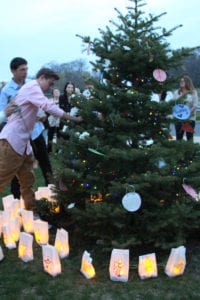












 Patios are built at ground level and lead out of the back of a house. They have basically the same benefits as decks do. One advantage of patios is that made of cement, stone, slate or other hard material, they need virtually no maintenance. If a weed barrier is placed under the stone or slate, you don’t even need to spray to keep weeds from popping up between the stones. Since patios are at ground level, they do not need a railing around them. Don’t forget to add some lighting so you can enjoy your patio in the evening. Patios can be built so they blend into the deck of an in-the-ground swimming pool if you have one.
Patios are built at ground level and lead out of the back of a house. They have basically the same benefits as decks do. One advantage of patios is that made of cement, stone, slate or other hard material, they need virtually no maintenance. If a weed barrier is placed under the stone or slate, you don’t even need to spray to keep weeds from popping up between the stones. Since patios are at ground level, they do not need a railing around them. Don’t forget to add some lighting so you can enjoy your patio in the evening. Patios can be built so they blend into the deck of an in-the-ground swimming pool if you have one. The main disadvantage of a deck is that the wood needs to be treated periodically so it will not decay. If this is not done, you will find yourself doing more frequent repairs. However, you can get around this by using man-made “wood,” which lasts much longer.
The main disadvantage of a deck is that the wood needs to be treated periodically so it will not decay. If this is not done, you will find yourself doing more frequent repairs. However, you can get around this by using man-made “wood,” which lasts much longer.